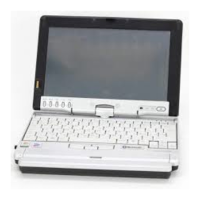
Do you have a question about the Fujitsu LIFEBOOK P Series and is the answer not in the manual?
| Series | LIFEBOOK P Series |
|---|---|
| Category | Laptop |
| Processor | Intel Core i5 or i7 (varies by model) |
| Storage | SSD (Size varies by model) |
| Operating System | Windows 10 (varies by model) |
| Graphics | Intel HD Graphics (integrated) |
| Battery Life | Up to 10 hours (varies by usage and model) |
| Ports | Ethernet, SD card reader (varies by model) |
| Wireless Connectivity | Bluetooth (version varies by model) |
| Memory | 8GB to 16GB RAM (varies by model) |
Safety warning regarding potential exposure to lead from product cords.
Statement of compliance with FCC Rules Part 15 for the device.
Basic safety guidelines for using notebook equipment to reduce risks.
Specific warnings regarding battery replacement and fuse rating.
Introduction to the LifeBook P Series notebook and manual.
Details for contacting Fujitsu Service and Support.
Information regarding the notebook's warranty and support.
Describes notebook components and unpacking procedures.
Identifies system ports, buttons, and indicators.
Explains the meaning of various system status LEDs.
Details on the display panel, its latch, and tablet mode.
General information on the 82-key keyboard layout and functions.
Explanation of numeric keypad, Windows, and cursor keys.
Details on using the Fn key with function keys for special actions.
Describes primary and secondary functions of application buttons.
Procedure to change default application assignments for buttons.
Explanation of the touchpad and its clicking, double-clicking, and dragging functions.
Instructions for using the touch screen with stylus or finger.
Describes various methods to adjust audio volume levels.
Details on the notebook's power sources: battery, AC, and auto/airline adapters.
Instructions for connecting the AC and auto/airline adapters.
Describes the system startup process and boot sequence.
Information on accessing and configuring BIOS settings.
Explanation of Standby, Hibernation, and Power Off modes.
How to use the Suspend/Resume button for power management.
Steps to enable or disable the Hibernation feature.
Details on battery operation, charging, and low battery states.
Procedures for cold-swapping and hot-swapping batteries.
Instructions for installing and removing memory modules.
Procedures for inserting and removing SD cards.
Instructions for inserting and removing CF cards.
Description of components and procedures for attaching/detaching.
Details on various ports like Modem, LAN, USB, Mic, and Headphone.
Procedure for connecting external monitors or projectors.
General steps to follow when encountering a problem.
Introduction to troubleshooting tables and common issues.
Categorized common problems and their possible causes and solutions.
Explanations of system error and status messages during startup.
Procedure for selectively reinstalling software from the DAR CD.
Instructions for using the Restore Disc to reset the system.
How to configure BIOS for CD-ROM boot for recovery.
Details on the FDU utility for managing system driver updates.
General tips for maintaining the notebook's life and reliability.
Instructions for safely cleaning the notebook's exterior.
Guidelines for storing the notebook and batteries long-term.
Tips for transporting the notebook safely.
Precautions for cleaning and protecting the keyboard.
Guidelines for safe handling, charging, and increasing battery life.
Instructions for caring for floppy disks and the drive.
Guidelines for handling and caring for Compact Flash cards.
Explanation of the configuration label and its contents.
Details on dimensions, CPU, chipset, and memory.
Information on screen, video memory, and system interfaces.
Details on ports, SD/CF slots, and user interface support.
Specifications for audio, power system, and environmental conditions.
Compliance standards, safety, and operating system details.
Definitions for terms starting with A through D.
Definitions for terms starting with E through I.
Definitions for terms starting with J through M.
Definitions for terms starting with N through P.
Definitions for terms starting with P through T.
Definitions for terms starting with T through X.
Introduction to the optional integrated Wireless LAN device.
Characteristics of the WLAN device and network modes (Ad Hoc/Infrastructure).
Regulatory notes, FCC statements, and regional notices for WLAN.
Instructions on device handling and methods to deactivate WLAN.
Table of common wireless LAN connection problems and solutions.
Definitions of terms related to wireless LAN networking.
Procedures for configuring WLAN settings using Atheros Client Utility.
Steps for network connection, TCP/IP, and workgroup settings.
Instructions for setting up file and printer sharing.
Procedures to confirm connection status and radio signal.
Introduction to the system's fingerprint sensor and its benefits.
Guide to preparing the system for the OmniPass application.
Procedure for installing the OmniPass software.
Steps to verify installation and remove the OmniPass application.
Process for enrolling users and setting up master passwords.
Managing user identities, passwords, and site associations.
Overview of Export/Import functions and the OmniPass Control Center.
Configuring logon options and resolving common OmniPass issues.
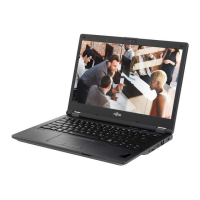

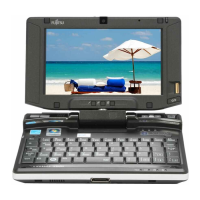
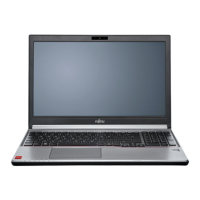

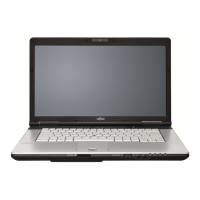
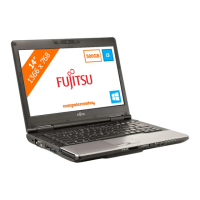
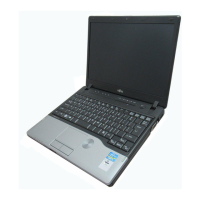
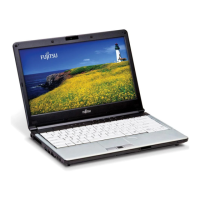
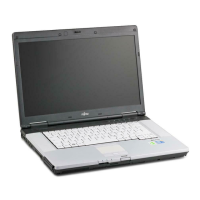
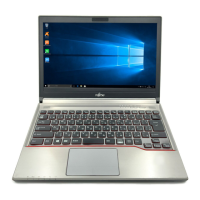
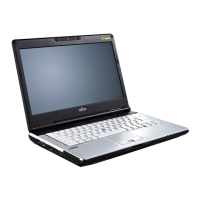
